
In the midst of Saudi Arabia’s dynamic cultural transformation, Dr. Zahrah Al-Ghamdi has emerged as one of the Kingdom’s most compelling contemporary voices. A land artist, academic, and storyteller, she builds sweeping installations from earth, clay, rocks, leather, and found materials, tactile elements that root her work in the landscapes and traditions of her birthplace, Al-Baha. Her art does not merely occupy space; it reshapes it into immersive experiences where memory, identity, and environmental urgency converge.
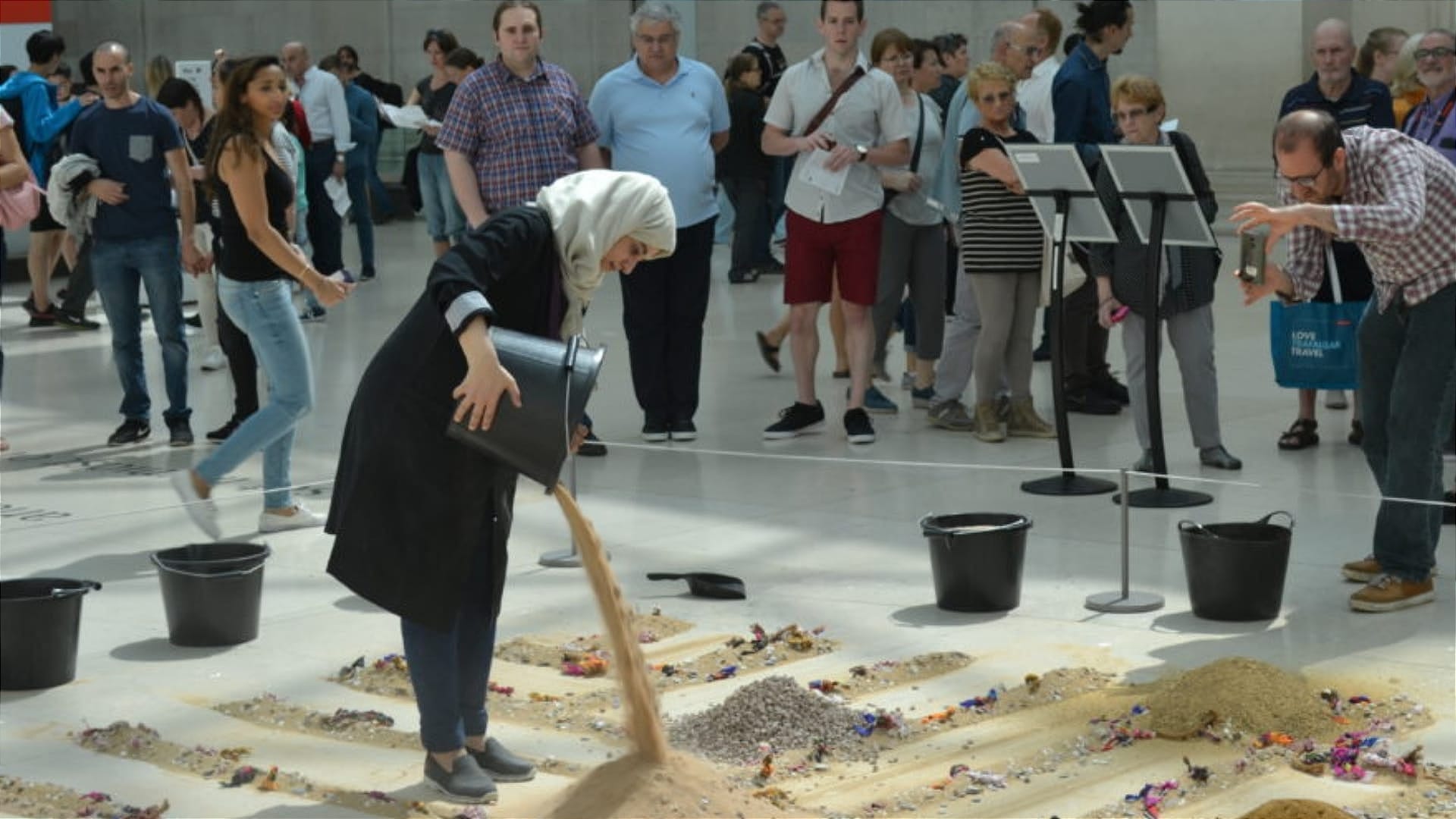
It’s important for me to smell the sand and feel it with my own hands, because those senses of touch and smell allow my work a synergy, and if I don’t get that synergy, I can’t work.
— Dr. Zahrah Al-Ghamdi
This sensory connection to material is the foundation of Al-Ghamdi’s practice, grounding even her most conceptually ambitious projects in the physical act of making.
Academic Roots and Influence
Al-Ghamdi’s creative vision is supported by a rigorous academic background. She earned her BA in Islamic Arts from King Abdulaziz University, then an MA in Contemporary Craft and a PhD in Design and Visual Art from Coventry University in the UK. Now an assistant professor at the University of Jeddah’s College of Art and Design, she continues to mentor young artists while producing work that resonates internationally.
Her installations are part of prominent collections including the Centre Pompidou (Paris), the British Museum (London), and the Art Jameel Foundation (Dubai), cementing her place in the global art landscape.

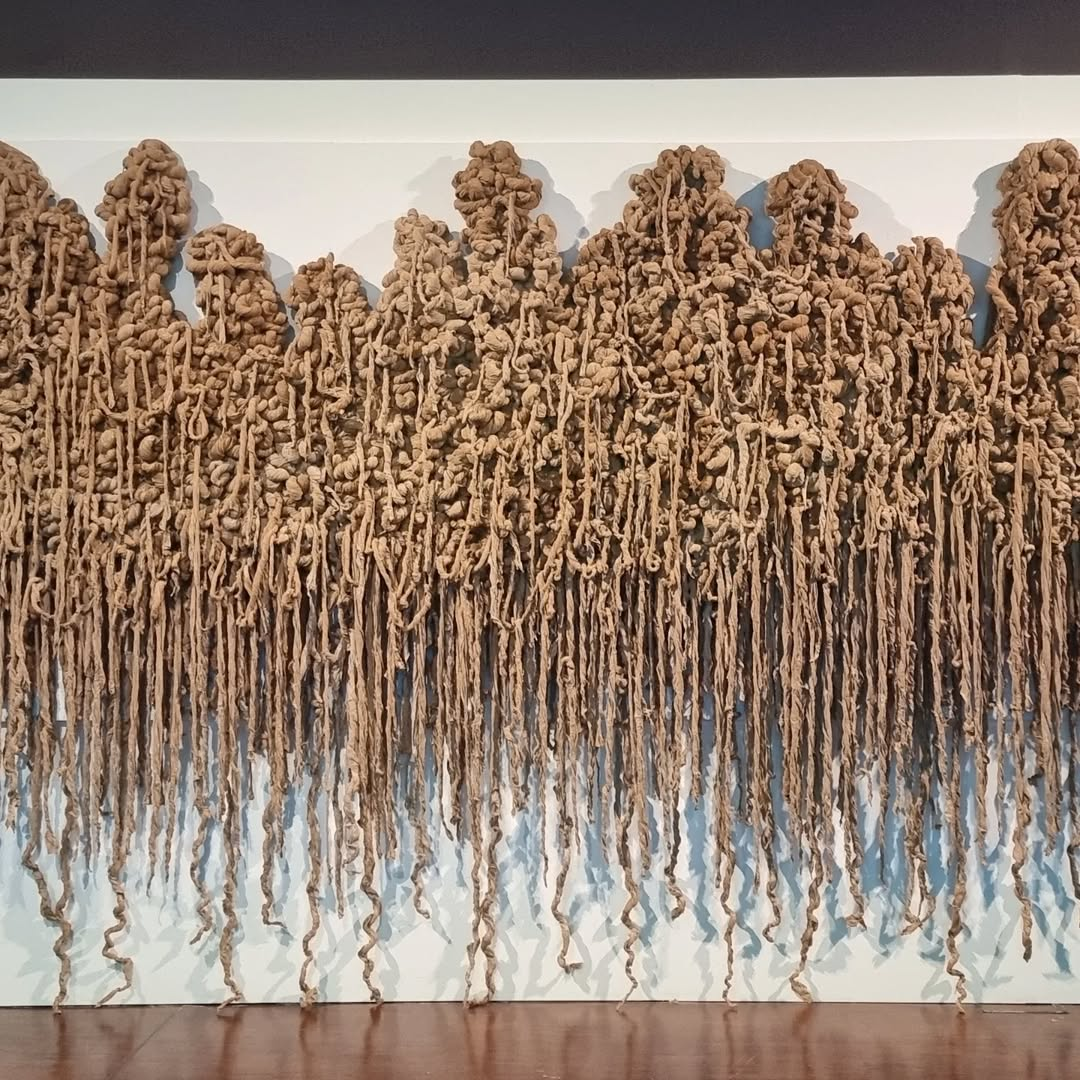
Memory Embedded in Material
Al-Ghamdi’s work draws deeply from the domestic and architectural heritage of south-western Saudi Arabia, particularly the textures, patterns, and structures she grew up with in Al-Baha. She often references the traditional mud houses of the region, structures whose forms carry stories of community, craftsmanship, and resilience. These narratives are reimagined through a contemporary lens, transforming into site-specific installations that both preserve and reinterpret cultural memory.
Her 2019 Venice Biennale commission After Illusion was a defining moment. Representing Saudi Arabia on one of the world’s most prestigious stages, she created 52,000 hand-crafted leather forms that cascaded through the pavilion, evoking the folds of traditional architecture, the flow of poetry, and the rhythms of time.
When I received the call from the Misk Art Institute to participate at the Biennale, it was like a dream I never thought I’d dream. I was elated but simultaneously felt a great deal of responsibility, as I am not representing (just) myself, but my country and all its artists. — Dr. Zahrah Al-Ghamdi
In works like In The Past Lingering, Al-Ghamdi constructs hundreds of sand and fabric blocks, each etched with intentional cracks. These fissures are not flaws but messages, symbols of the erosion of traditional narratives in the rush toward modernity.
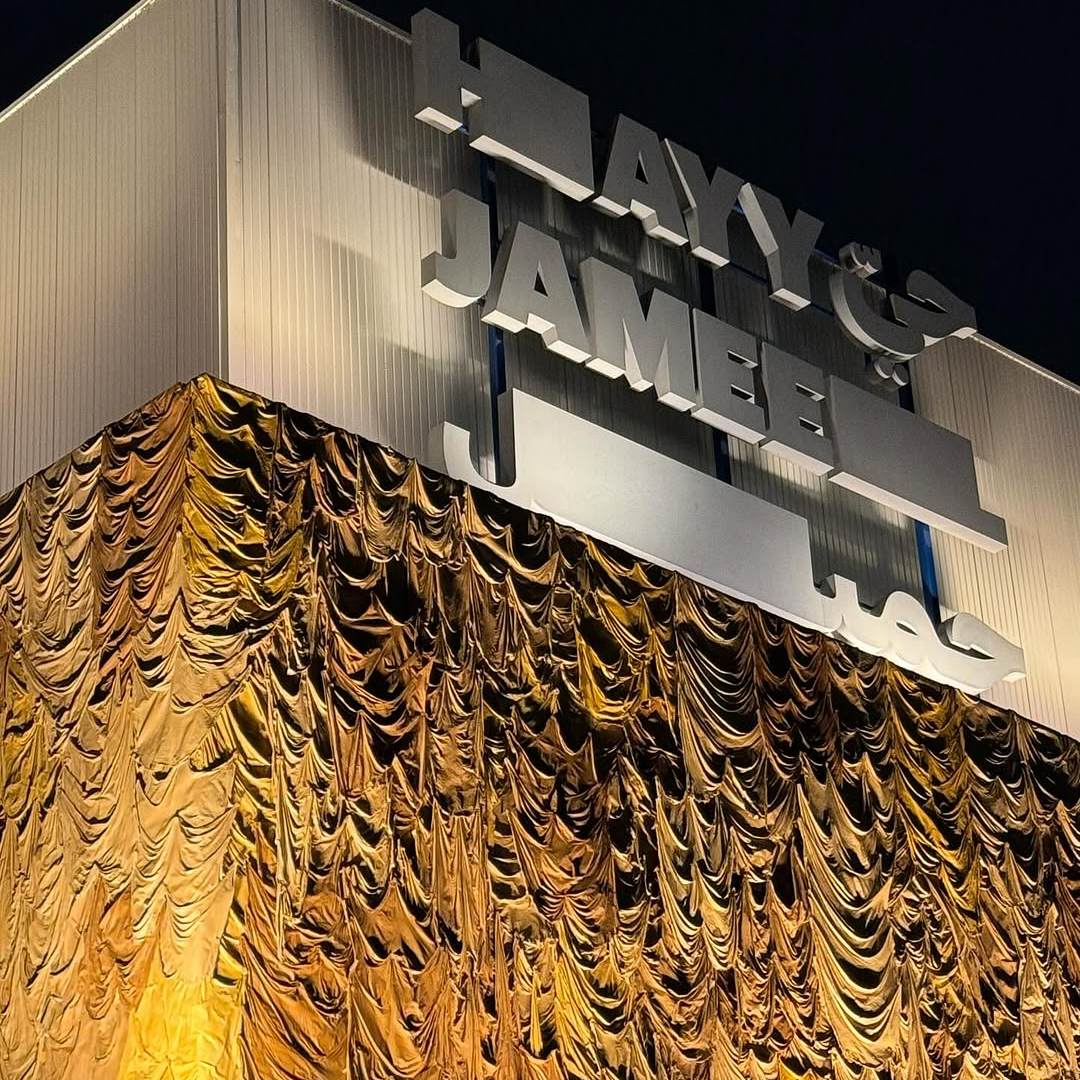
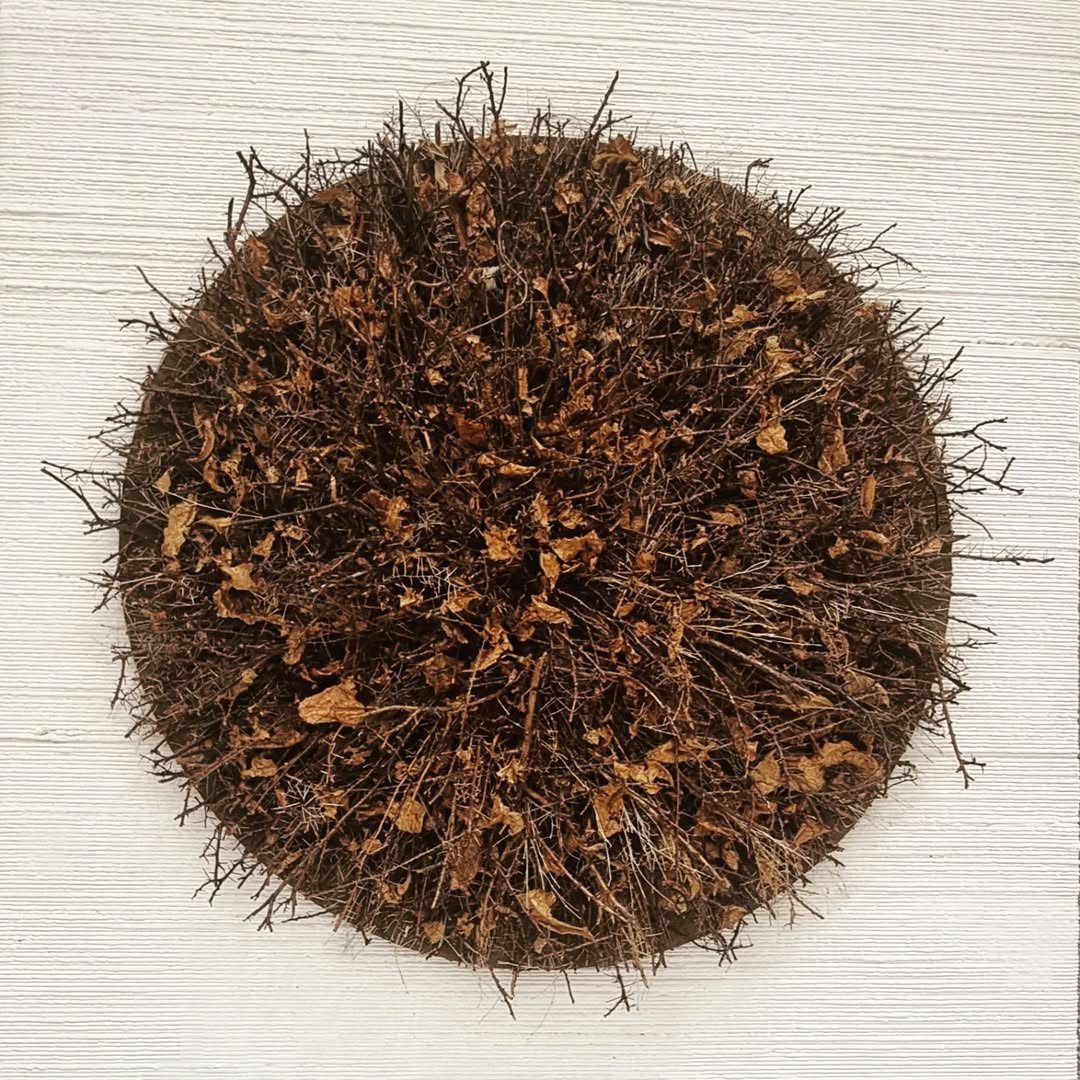
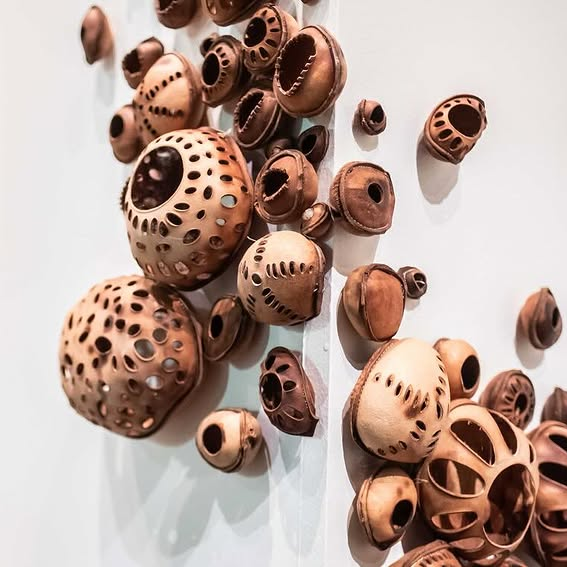
Expanding the Conversation: Environmental Advocacy
In recent years, her practice has expanded beyond cultural memory to engage with environmental consciousness. Her 2024 work Anthropocene’s Toll: A Planet Asphyxiated, a finalist for the Richard Mille Art Prize at the Louvre Abu Dhabi, addresses the environmental degradation of our time. Using dead tree limbs and plastic waste, she creates a visceral metaphor for the suffocation of the planet, bridging the local memory of Saudi architecture with global ecological realities.
Another recent installation, Supplication, uses contrasting textures to symbolize Earth’s fragile coexistence with humanity, urging environmental preservation and collective responsibility.
These works are not only art objects, they are calls to action. By using materials that are raw, weathered, and often salvaged, Al-Ghamdi reinforces the urgency of sustainable thinking, placing environmental crisis within the same continuum as cultural loss.
Recent and Notable Works
Al-Ghamdi’s recent projects span from Birth of a Place (Layali Diriyah Festival), merging fabric and mud in a dialogue between heritage and modernity, to Blur of the Wells and IN/VISIBLE: Objects in the Mirror (ATHR Gallery, 2023), both exploring memory and material. In Desert X Al-‘Ula (2020), she built a monolithic wall from local materials and a second work using 6,000 date tins to map memory through landscape. Earlier, An Inanimate Village (British Museum, 2017) formed a spectral sand settlement evoking place and loss.


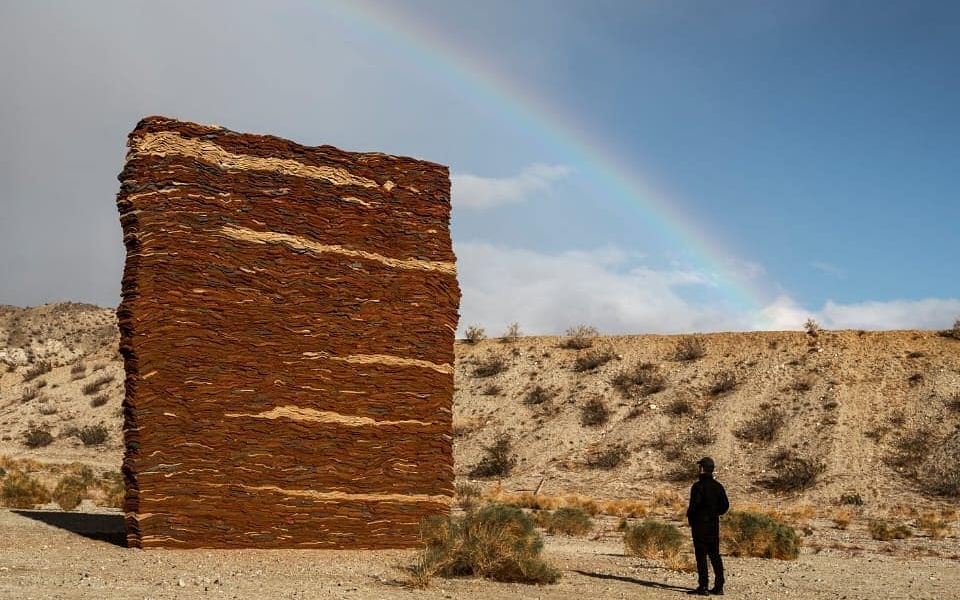
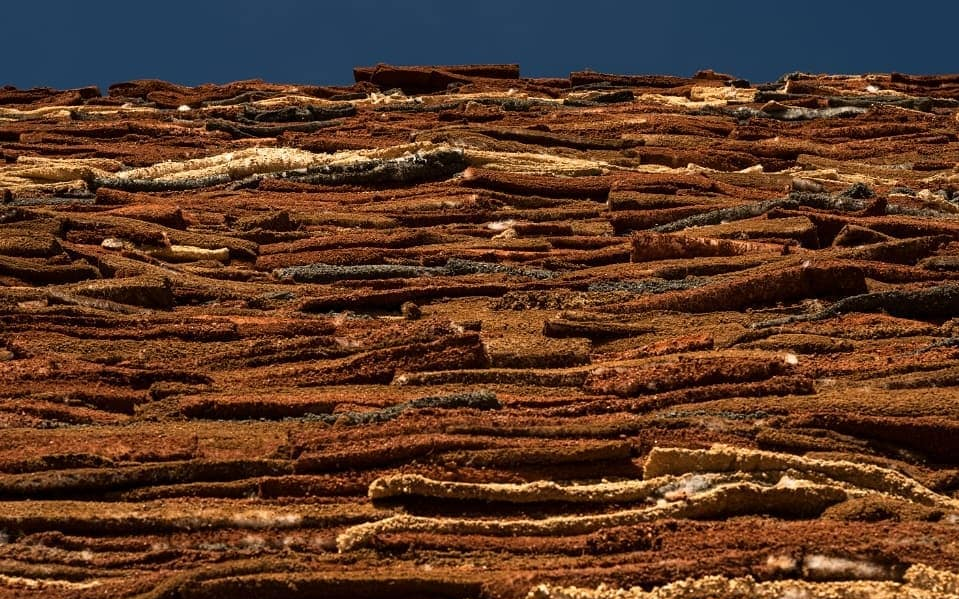
Jimmy Choo Presents Zahrah Al-Ghamdi
Her creative reach also extends into cultural branding, most notably through the Jimmy Choo Presents Zahrah Al-Ghamdi showcase at Hia Hub. This high-profile collaboration highlighted three key works: In The Past Lingering, Anthropocene’s Toll, and Supplication, for an audience that bridged art, fashion, and luxury design, underscoring her ability to move seamlessly between the worlds of fine art and global cultural platforms.
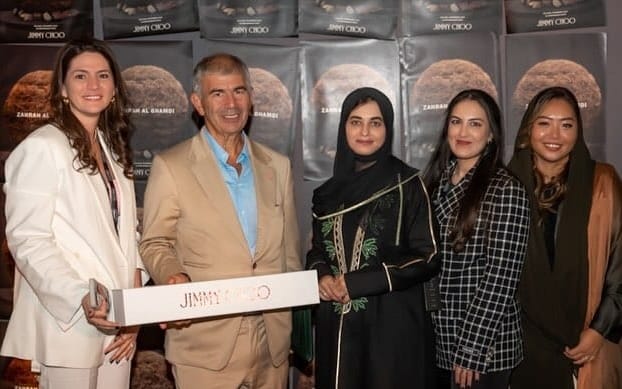

Tradition and Transformation
The thread running through Al-Ghamdi’s body of work is a deep engagement with transformation: how cultural forms shift, erode, or are reimagined over time. She sees Saudi Arabia itself as a living metaphor for this process.
The transformative currents sweeping through Saudi Arabia are a profound source of inspiration for my art. This landscape, where ancient traditions intersect with the pulse of modernity, offers a fertile ground for creative exploration. — Dr. Zahrah Al-Ghamdi
In her hands, the Kingdom’s rapid change is neither purely celebratory nor mournful. Instead, it becomes an open question: what will we carry forward, and what will be left behind?
The Art of Preserving What Remains
Dr. Zahrah Al-Ghamdi’s art is as much about feeling as it is about seeing. The grain of sand underfoot, the scent of leather and earth, the cool shadow of a mud wall. These sensory anchors make her installations not just intellectually resonant but deeply embodied experiences.
In translating memory into form and form into dialogue, Al-Ghamdi reminds us that culture, like the planet itself, is not guaranteed. It must be tended, preserved, and sometimes rebuilt from the ground up.
Inspired by Dr. Zahrah Al-Ghamdi?
Explore more artist stories that shape Saudi culture at KSA Art

